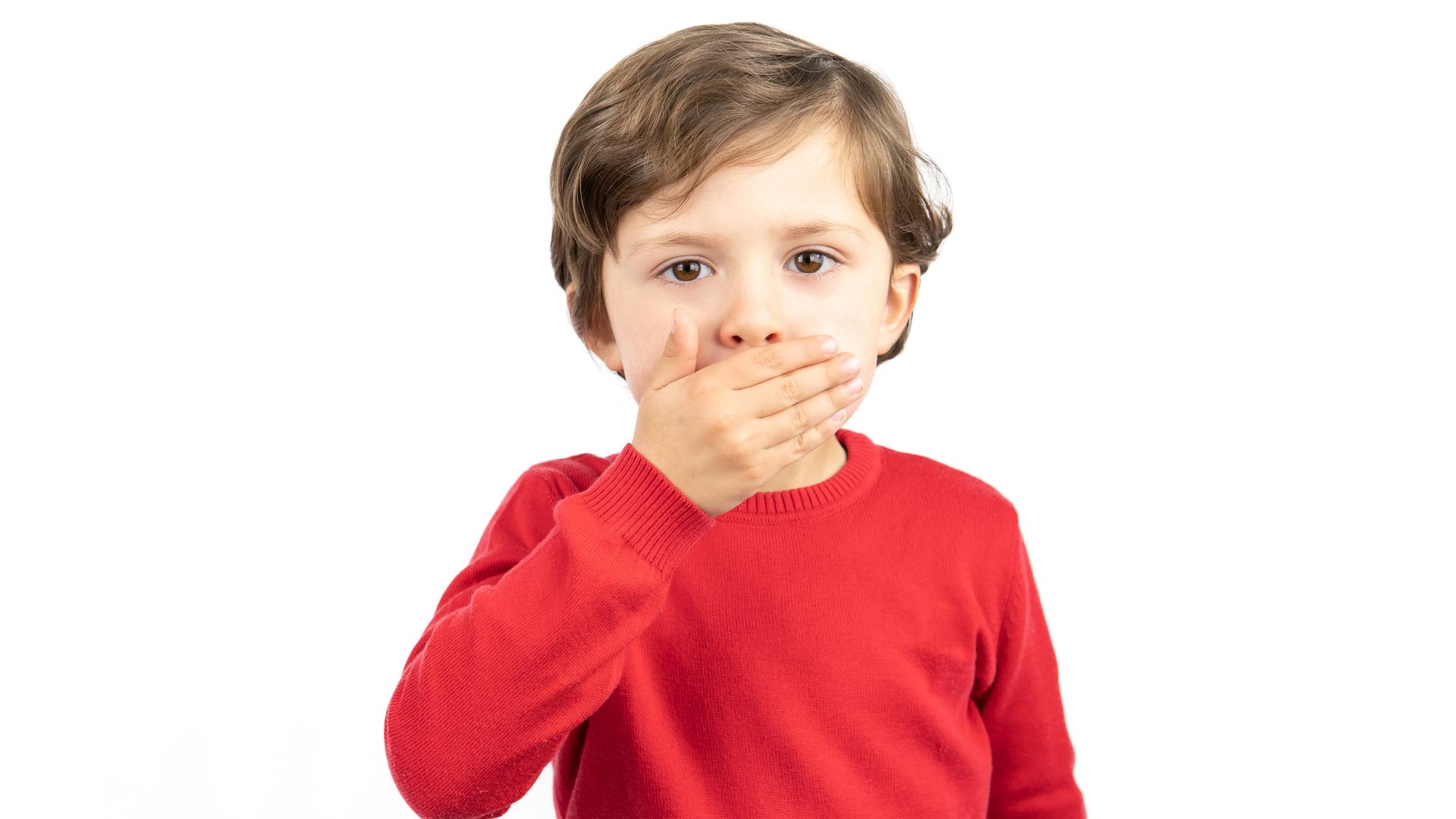Child-Centered Play Therapy with a Selectively Mute Child
In this episode, I tackle a nuanced situation shared by Nell from Maryland, a play therapist working with an 11-year-old client who does not speak during therapy sessions. Despite not being diagnosed as selectively mute, the child exhibits behaviors akin to selective mutism, engaging in play but not verbal communication.
Understanding Selective Mutism in Child-Centered Play Therapy
Selective mutism is a condition characterized by a child’s consistent failure to speak in specific social situations, despite being able to speak in other situations. It often manifests as an anxiety disorder, where the child becomes unable to verbalize their thoughts and feelings when faced with certain social expectations. In child-centered play therapy, it is essential to understand the characteristics of selectively mute children to provide effective therapy.
One significant aspect to consider is the importance of non-verbal communication in therapy. While verbalization is the primary goal for many parents, it is crucial to reframe this perspective. Non-verbal communication through play and interactions with toys can be just as valuable and meaningful as verbal communication. The child may use stuffed animals or other toys to express themselves and communicate their emotions and experiences.
Educating Parents on Therapeutic Expectations
As child-centered play therapists, it is our responsibility to set clear expectations with parents from the start. It is essential to help parents understand the different stages, timelines, and principles of child-centered play therapy. Explaining the child-led nature of this therapeutic approach is crucial in helping parents comprehend the organic healing process that takes place through play.
By educating parents about the therapeutic expectations, we can create a solid foundation for collaboration and understanding between therapists, parents, and the child. It is important to emphasize that the goal of therapy is not solely focused on verbalization but rather on creating a safe and supportive environment where the child can explore and express themselves in their own way.
Navigating Parental Fixation on Verbalization
Parents often have a strong desire for their child to speak during therapy sessions. They may fixate on verbal communication as a measure of progress and success in therapy.
However, it is essential to address their concerns while upholding the principles and integrity of child-centered play therapy.
As therapists, we need to respect the parental concerns and provide them with examples of the child’s progress through non-verbal communication. Highlighting how the child engages in play, uses toys, and expresses themselves non-verbally can help parents see the importance and effectiveness of this form of communication. By sharing specific instances of the child’s growth and development, we can reassure parents that progress is being made, even without verbalization.
Upholding the Integrity of Child-Centered Play Therapy
Patience and understanding are key ingredients in the therapeutic process of child-centered play therapy. It is essential for therapists to guide parents to trust the process and our clinical expertise. While parents may be eager for immediate results, forcing verbalization would undermine the child-led nature of therapy and impede the organic healing process.
By upholding the integrity of child-centered play therapy, we provide an environment where the child feels safe, nurtured, and supported. Adherence to the principles of this therapeutic model ensures that the therapeutic relationship and process are built on trust, understanding, and respect. This commitment to the child-centered play therapy model allows for transformative experiences and paves the way for long-lasting growth and healing.
In conclusion, selectively mute children bring unique challenges to child-centered play therapy. It is crucial to understand the characteristics of selective mutism, emphasize non-verbal communication, and educate parents on therapeutic expectations. By navigating parental fixation on verbalization while upholding the integrity of child-centered play therapy, therapists can create a supportive and transformative environment for the child’s healing journey. Patience, understanding, and adherence to the child-centered play therapy model are the cornerstones of successful outcomes.


